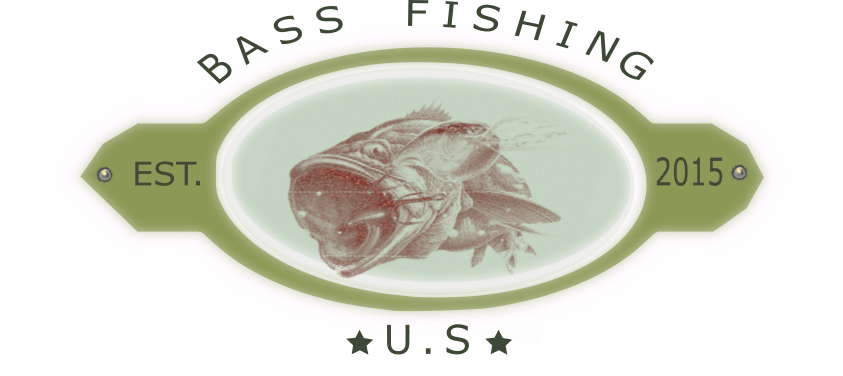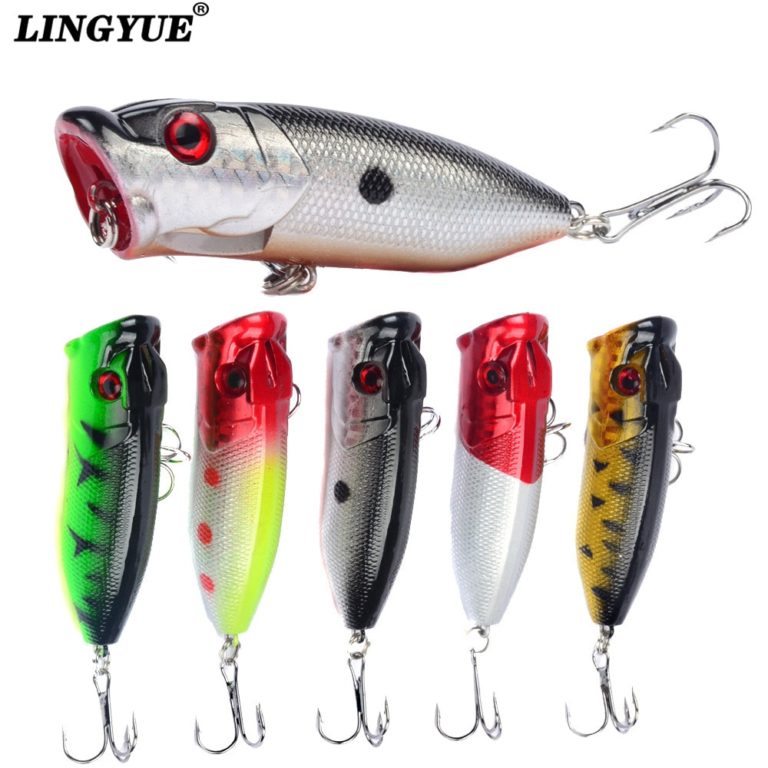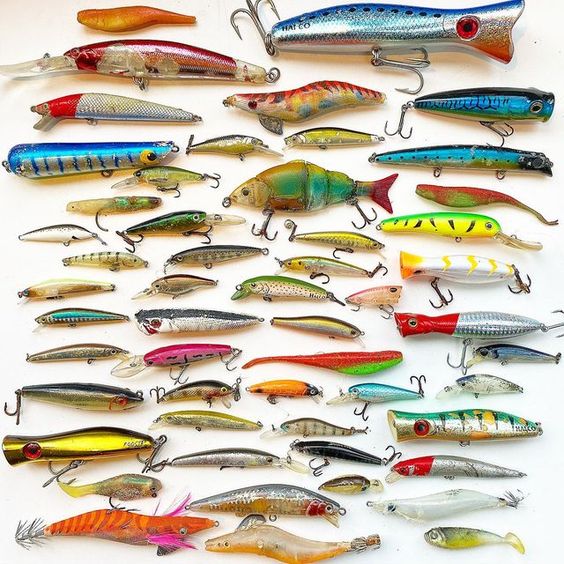Go Back to Shop
All CategoriesCrankbait LuresFishing ReelsFishing RodsLargemouthLuresRigsTechniquesTopwater LuresUncategorised
Topwater Lures
(2)The Art and Science of Topwater Lures
15th July 2023
Topwater Lures: A History
14th July 2023


